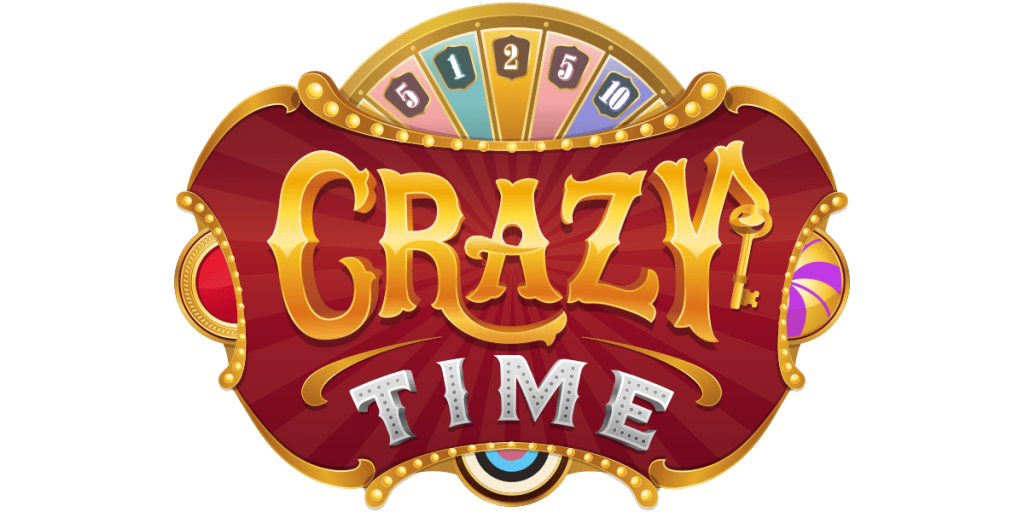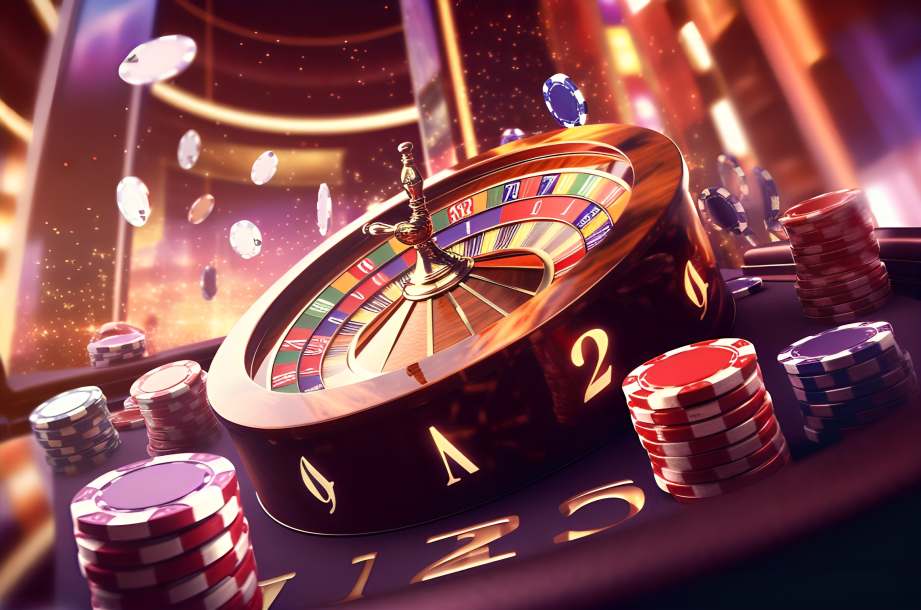If you’ve ever played a slot game or placed a sports bet, you’ve likely come across the term RTP. Return to Player (RTP) is a crucial concept in online gambling, offering transparency by giving players insight into their chances of winning or losing in a specific game or betting activity. It helps bettors make informed decisions about where to wager their money. Essentially the opposite of the house edge, RTP indicates the percentage of wagered money a player can expect to win back over time.
What Does RTP (Return to Player) Mean?
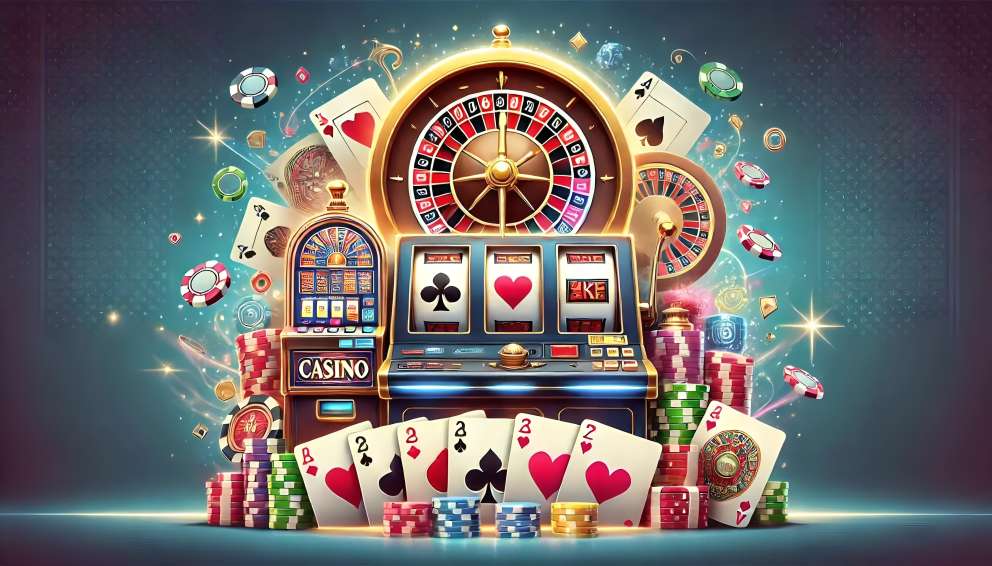
Return to Player (RTP) is a theoretical calculation that reflects the average amount of money a player can expect to win back from a game over a long period. For example, if a slot machine has an RTP of 97%, it means that the machine will return 97% of the total money wagered. The remaining 3% represents the casino’s profit or house edge. This concept applies similarly to other games like basketball, horse racing, and various sports. A 97% RTP for slots is considered quite good.
The Importance of Understanding RTP
Understanding RTP is crucial for gamblers who want to make informed and strategic choices. Games with higher RTP rates offer better long-term winning odds, helping players select entertainment that aligns with their risk tolerance and profitability goals. It also allows players to better manage their expectations and minimize emotional reactions to losses. Knowing the RTP percentage is useful for:
- Bankroll management
- Game selection
- Evaluating bonuses and promotions
- Practicing responsible gaming
Who Benefits from RTP?
RTP is significant across the entire gambling industry, impacting everyone from players to operators and game developers. However, it holds the most value for gamblers and bettors. Players generally prefer games with higher RTPs to improve their chances of winning. Conversely, they may choose events with a lower RTP to increase risk and potentially earn higher rewards.
Betting sites use RTP to determine their edge and attract players. Remember, RTP is the opposite of the house edge. Games with high RTP and low volatility typically appeal to a wider audience, increasing customer interest. Other stakeholders who benefit from RTP include:
- Game Developers: To design profitable games that appeal to both operators and players.
- Regulators: To ensure fairness, transparency, and compliance with industry standards.
- Affiliates: Partners use RTP as a marketing tool to promote betting sites and their offerings.
How RTP Affects a Player’s Chances of Winning
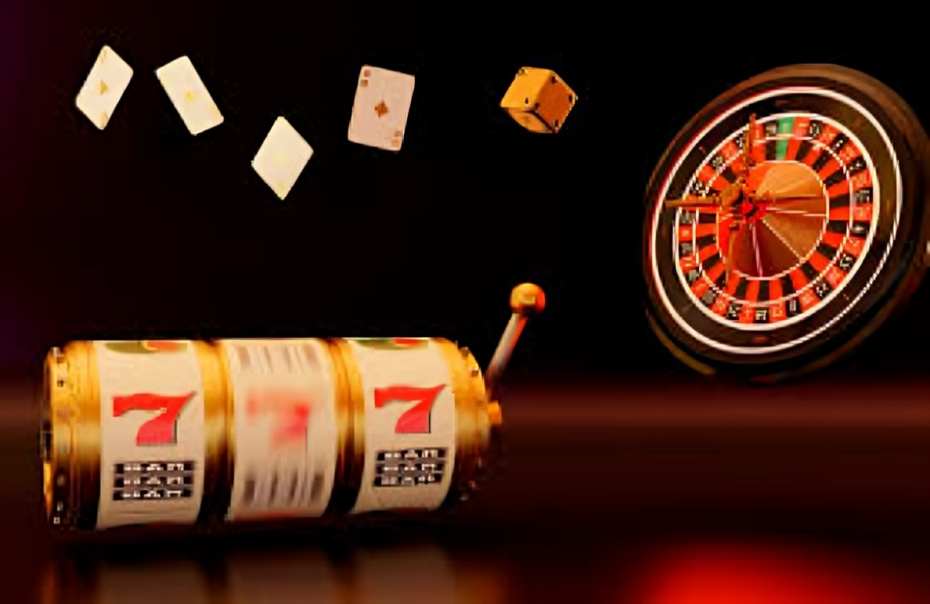
While RTP doesn’t guarantee a win or loss, it plays a significant role in determining the potential outcomes. In general, games with higher RTPs offer better chances of winning over time. For instance, in a game with a 97% RTP, players can expect to lose an average of 3% of their bets. On the other hand, games with a lower RTP, such as 90%, come with a higher house edge, meaning players may lose 10% of their bets on average.
RTP data helps players make better-informed decisions about which games to play, allowing them to choose games that match their risk tolerance and betting strategies. Games with higher RTP tend to have lower variance, meaning smaller, more frequent wins. In contrast, games with lower RTP have higher variance, leading to less frequent but potentially larger wins.
Skilled players can use RTP information to refine their betting strategies, adjusting their wagers and game selections to maximize their edge over the house.
Who Determines the Return to Player Percentage?

Game developers or software providers set the Return to Player (RTP) percentage. They incorporate a random number generator (RNG) into the game’s programming. The RNG generates random or pseudorandom numbers to ensure unpredictable outcomes. Meanwhile, audit labs like eCOGRA test the randomness to confirm its integrity. Once certified, the games are made available for public use. Therefore, neither the betting site nor the player can alter the RTP or tamper with the payout.
How to Calculate the Return to Player (RTP)?
- RTP = (Total amount paid out / Total amount wagered) x 100
- The total amount paid out is the sum of winnings a player receives from playing a game over a period.
- The total amount wagered is the sum of all bets made by the player on a game over a period.
- For example, if a player bets $9,000 on a slot game but wins $8,500, the RTP is calculated as follows:
($8,500 / $9,000) x 100 = 94%
RTP Comparison in Casino and Sports Betting
RTP in online casinos and sports betting differs significantly. In casino gambling, the RTP represents the percentage of all money bet by the player that is expected to be returned over time. In sports betting, RTP relates to estimating odds and the potential amount a player can win on a bet. Sportsbooks offer different odds for each outcome, and the player’s RTP is determined by the accuracy of their predictions. In summary, RTP in online casinos is fixed, while in sports betting, it varies depending on the bettor’s knowledge and skill.
What is a Good RTP for an Online Casino?
A good Return to Player percentage for a casino game is around 95% or higher. However, it depends on the player’s preference and the type of game. Most RTPs range from 95% to 98%, so any figure within this range is generally acceptable.
Good RTP in Sports Betting
In online sports betting, RTP varies depending on the type of bet, sport, and industry standards. Basketball and football are the most popular sports. A bet on a basketball game could have a Return to Player of 96%, while football might have an RTP of around 92%.
Examples of RTP Percentages for Different Types of Casino Games
Different casino games have different theoretical RTPs. Here are some common examples:
| Game | Minimum RTP | Maximum RTP |
|---|---|---|
| Slot machines | 75% | 99% |
| Video poker | 98.4% | 99.5% |
| Blackjack | 75% | 98% |
| Craps | 94% | 98% |
Comparing RTP for Different Games and Its Effect on Gameplay
Here are the RTP percentages for various games:
| Game | RTP |
|---|---|
| Reel Rush | 97% |
| Monopoly Big Event | 99% |
| Dead or Alive | 95% |
| Codex of Fortune | 98% |
| Football | 92% |
| Basketball | 96% |
| Thunderstruck II | 96.65% |
| Bingo | 50% |
| Bloodsuckers | 98% |
| Lottery | 50% |
| Twin Spin Deluxe | 96.61% |
| Tennis Handicap | 50% |
| StarMania | 97.87% |
| Aztec’s Treasure | 95% |
As seen in the table above, the RTP varies between different games. Selections with higher RTPs tend to pay out more frequently but offer smaller wins, while lower RTPs may offer fewer but larger payouts.
Tips for Identifying and Selecting Games with the Highest RTP
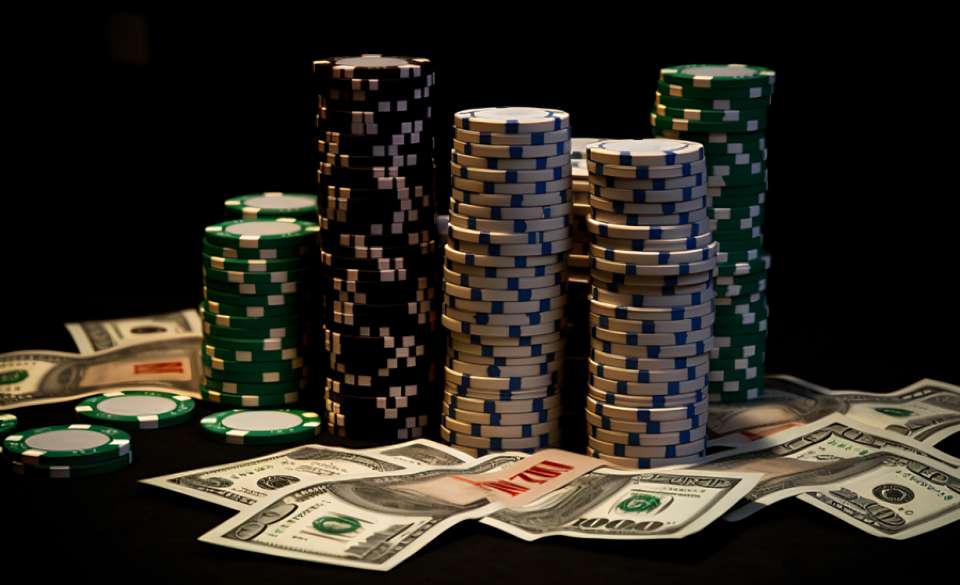
To identify and choose games with the highest Return to Player (RTP) and enhance your chances of winning, keep the following tips in mind:
Start with a Low Deposit
There’s a delicate balance between your deposit and RTP maximization. Starting with a low deposit is a great way to practice your betting strategies, explore bonuses, and gain experience. For those seeking a balance to maintain profitability, a great one-dollar deposit casino offers excellent options to maximize cash wagers. Casinos like Zodiac offer 97% RTP, 80 free spins on Mega Moolah, and a 100% deposit bonus up to $100. Other options include Spin Casino, 20 Bet, Jackpot City, and more. In the meantime, you can explore various games with low risk until you find the ones with the highest returns.
Research and Read Reviews
Look through websites and third-party reviews to gather information about specific games. In addition to online casino reviews or guides, check the data provided by the developers or betting sites themselves. Consider exploring different game categories, as games like blackjack and roulette tend to offer higher Return to Player percentages than most volatile slots. Other factors to focus on include:
- Use online research databases for game comparisons.
- Understand the volatility of games.
- Play games in demo mode to check their payout percentages.
Conclusion
Whether you’re betting in online casinos or sports, understanding Return to Player (RTP) is essential. RTP helps bettors understand their chances of success in various games or betting activities, making it a critical element in making informed decisions about where to place bets. In casino games, RTP indicates the percentage of all wagered money that players can expect to be returned over time, with a good RTP typically around 95% or higher. In sports betting, RTP depends on how accurate a bettor’s predictions are, as bookmakers offer varying odds for each outcome, leading to a dynamic RTP based on skill and experience. Ultimately, while RTP doesn’t guarantee a win or loss, it significantly influences the potential for both outcomes.
